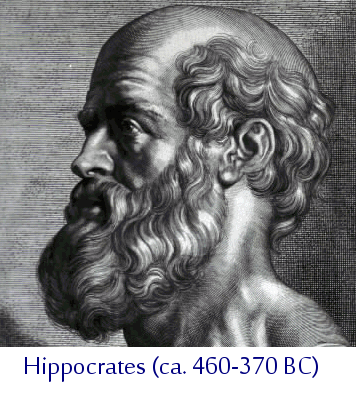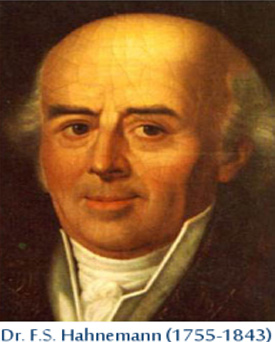Homeopathy
Homeopathy is a therapeutic method that works by regulating the homeostasis (dynamic, self maintaining property) of human beings.
Homeostasis is one of the most remarkable and most typical properties of the highly complex human being. A human being is, just like ecological, biological and social systems, an open system which maintains its structure and functions by means of a multiplicity of dynamic equilibriums rigorously controlled by interdependent regulation mechanisms. The goal of these mechanisms is to maintain the internal balances. When the equilibrium is disturbed self-regulation takes place and strives to regain the internal balance. Homeopathy supports the human body’s self-regulation, by means of administering highly diluted and dynamized elements from nature. These elements come from different sources: animals, plants, minerals, metals and nosodes (sick tissue).
The philosophy of homeopathy is influenced by the ancient Indian medicinal art called Ayurveda which finds its origin around 3000 BC, and which was known by the father of medicine Hippocrates (ca 460 BC – ca 370 BC). Ayurveda consists of two main branches in treating diseases. The first treats a disease with heavy doses of herbs. The second one, which is much less known and developed, treats diseases on the basis of the ‘law of similars’: to fight poison with poison. Micro-particles of herbs and other elements from nature are diluted and dynamised, by which their hidden medicinal qualities surface.
And if this were so in all cases, the principle would be established, that sometimes conditions can be treated by things opposite to those from which they arose, and sometimes by things like to those from which they arose – Hippocrates (in P. Potter (ed.tr.), Hippocrates, Vol. VIII, trans., 1995, Cambridge, Harvard University Press, p.87).
In due time, Ayurvedic principles came to Europe and influenced Hippocrates. But from all principles that Hippocrates stood for, only one law (the one of crude, heavy doses of medicinal substances) left a remarkable imprint on European minds and the law of similars was forgotten. Many centuries later, the law of similars made its re-entry in the west. In the 16th century, the pioneer of chemical medicine Paracelsus declared that small doses of “what makes a man ill also cures him”. Later on, the law of similars was once again discovered by a great German Dr./polyglot/scholar/chemist F.S. Hahnemann (1755-1843), the founder of homeopathy.

How Hahnemann Discovered Homeopathy

In Hahneman’s time mainstream medicine used many invasive and often dangerous protocols to attempt to cure people, such as bloodlettings, purgings etc. These curative attempts often worsened symptoms and sometimes proved fatal. Hahnemann, a doctor himself, rejected such methods as irrational and inadvisable.
At a certain point in time, he was translating a medical text on the toxicology of Peruvian bark, which produces quinine, long used in the treatment of malaria. He was struck by the similarity between the symptoms of Peruvian bark poisoning, and the symptoms of malaria itself. The author of the text had suggested that its curative effect was due to the plant’s ‘bitterness’, but Hahnemann was not satisfied with this. He started to suspect that the similarity in the symptoms was not coincidental, but might in fact be the very basis of its curative power. Hahneman diluted the bark, took it and experienced fever, shivering and joint pain, symptoms similar to some of the early symptoms of malaria, for which the bark was normally used. Hahneman started researching the hypothesis that medical drugs produce symptoms in healthy people similar to those of the diseases that they treat. After rigorous research he later coined this law that ‘like cures like’ the “law of similars”.
Homeopathy
Homeo= similar Pathy= disease